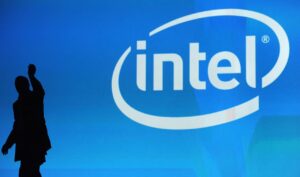Grayscale launches Grayscale Decentralized AI Fund
Grayscale announced the launch of the Grayscale Decentralized AI Fund LLC on Wednesday, July 17.
The fund will initially have Near Protocol (NEAR), Filecoin (FIL), Bittensor (TAO), Livepeer (LPT) and Render (RNDR).
Grayscale has officially launched the Grayscale Decentralized AI Fund that will offer exposure to top cryptocurrencies in the artificial intelligence (AI) sector.
The fund will focus On AI areas such as chatbots and image generation, data storage, GPU computation and 3D rendering among others.
NEAR, RNDR and TAO among initial fund tokens
Grayscale announced the initial crypto investments will be Near Protocol (NEAR) at 32.99%, Filecoin (FIL) 30.59%, Bittensor (TAO) 2.92%, Livepeer (LPT), 8.64% and Render (RNDR) 24.86%. Grayscale will rebalance the new fund quarterly.
“The rise of disruptive technologies has created compelling opportunities for Grayscale’s investors since our 2013 inception, and we believe the launch of the Grayscale Decentralized AI Fund provides an opportunity to invest in Decentralized AI at its earliest phase,” Rayhaneh Sharif-Askary, Grayscale’s head of product & research, said.
According to Sharif-Askary, these AI-related protocols bring to the fore the key principles of decentralization, accessibility, and transparency. Given these features, the protocols have the potential to help mitigate fundamental risks that are likely to emerge as the world grapples with the proliferation of artificial intelligence technology.
Grayscale’s AI Fund will be available to eligible accredited investors only.
The AI crypto ecosystem is currently a $30 billion market that has other top AI tokens as the Internet Computer (ICP), Artificial Superintelligence Alliance (FET), and The Graph (GRT).
Akash Network (AKT) and AIOZ Network (AIOZ) also fall into this category of AI-focused crypto projects.
The post Grayscale launches Grayscale Decentralized AI Fund appeared first on CoinJournal.


